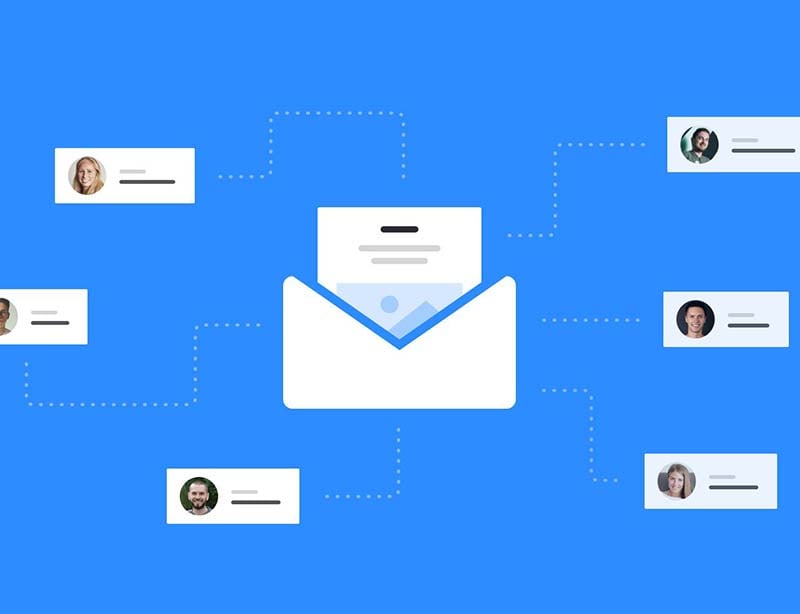What Exactly is a Target Market?
Targeting a specific market does not imply excluding people who do not meet your requirements. Target marketing, on the other hand, allows you to focus your marketing dollars and brand message on a specific market that is more interested in buying from you than other markets. Knowing your target market is not the same as making assumptions about it. Instead, it's about attempting to understand its demands and motives. Demographics such as age, gender, education level, occupation, and family position might assist you in determining what your clients require and how much they are ready to spend. This is a lot more cost-effective, efficient, and productive method of reaching out to new clients and generating revenue.
What Differentiates Target Audience From Target Market?
Target markets and target audiences are sometimes mistaken and overlap, but they refer to different people, and it is critical to distinguish between the two. While your target market is the end-user, your target audience is who your brand should be advertising to.
An excellent example of this would be for a child-aged target market. Let's use "Hot Wheels" as an example. While the Hot Wheels are clearly designed for children, the adults who are responsible for the children are the target demographic for this product. These adults are the ones who decide what the kids should play with and are usually the ones who buy the Hot Wheels car toys.
In simple words, your target market is the people to whom you are marketing. Your target audience is the folk to whom you are advertising.
How Can You Identify Your Target Market?
Determining your target market or defining market segments is not as simple as assuming who your consumers are or wishing for a specific demographic. Instead, it necessitates a thorough examination of your products and services, the marketplace, potential clients, and other factors.
The most crucial thing when beginning a business or introducing new products and services is to understand how to accurately identify that target market. When you realize who your target consumer is, you can not only build a product that better meets their wants, but you can also craft better advertising and promotional text to pique their interest and persuade them to buy. You'll also receive greater results from advertising if you aim it toward those who are most inclined to buy what you're selling.
But how can you determine your target in marketing? How do you know who is most likely to buy?
Here Are 5 Tactics To Help You Identify Your Target Market
1. Perform market research
To successfully define your target audience, you'll need to conduct some research. Gathering statistics and other market research data allows you to better understand your potential client's demands and make more informed marketing decisions. Use analytical tools to give you a broad view of the landscape by discovering and assessing competitors, assisting you in finding new consumers, and allowing you to identify methods to improve.
2. Market segmentation
Market segmentation is the practice of segmenting a group based on factors such as demography and psychographics. Determine whether your market is huge enough and accessible. Then categorize the market into sections of buyers with similar interests and buying habits.
It is crucial to examine both demographics and psychographics when conducting thorough research on your target market segmentation.
3. Determine your primary audience
Many products and services cater to a wide range of consumers, but they always have a primary clientele. Knowing who this primary audience consists of should be your goal when attempting to identify your target markets. If you manage to do that, then you–
- gain the most benefits
- Can sell in large quantities
- Can cater to the ones that need your services or products
4. Keep an eye on your Competitors
Keeping notes on what your competitors are up to is a good idea in more ways than one, and it may also help you determine your target audience. If your competitor's marketing campaign is directed at a certain client segment, there is a significant likelihood he has identified and is capitalizing on a marketing opportunity. Keep an eye on your competitors' marketing initiatives, sales pitches, brochures, websites, and social media outreaches to learn more about their target client base. Your investigation may uncover specific industry or specific customer names that you should be targeting.
5. Study your customer's characteristics
Another good step in identifying the target audience is to list the qualities of your typical consumer. These traits do not have to be personal; they can be related to lifestyle, income earned, disposable income, geographical location, hobbies, and a variety of other factors. People who live in communities with well-kept lawns, attractive plantings, and vibrant flowers, for example, are one type of target consumer for a gardening business. Corporate clients that want their office grounds landscaped could be another target for your marketing.
Assessing your present customers and recognizing the common features they have is a terrific method to discover who else might be a potential consumer for you. Inquire about what they appreciate about your firm, how they utilize your products, how they learned about you, and what they like best about purchasing from you. The more you understand your present customers' purchasing habits, the better you'll be able to focus your marketing to prospects who have comparable wants, interests, and traits.
Buy 100% Opt-In Job Title specific Lists
Contact Us for Marketing Campaigns
Build Your Target Audience
Now that you understand how to define your specific target market, it can be useful to study how you can build your target audience list to create a precise target audience profile. In this era of online marketing, you can adopt various multi-channel marketing tactics to build your audience, out of which creating an email list provides the most benefits. Building your mailing list gives you access to segment your target audience more accurately since they join your contacts list by their own choice. Moreover, if you own a brand that requires wider engagements with people, then purchasing an email lists could also help you in building your target audience.
Despite that, an email listing can help in sending personalized content to your consumers based on their user persona. With this, you can gain knowledge about their pain points and try to solve them by building a trusting relationship with them.
Take the time and effort to determine your target audience and the issues they are dealing with. Then, design your marketing approach to address their pain spots while also providing your audience with useful solutions.
Wrap-Up
Before engaging in any target marketing strategy, the most difficult part is defining your target market. Once you know who you're trying to reach, it's a lot easier to figure out what media to employ and what marketing messages will resonate with them. Rather than sending direct mail to everyone in your ZIP code, you can limit it to those who meet your criteria. By defining your target group, you can save money and obtain a greater return on investment.
However, remember one thing "everyone" is not a target market. Even if everyone, or everyone in a specific industry, needs what you sell, a small budget will not allow you to reach "everyone." Therefore, to be successful, make use of the above-mentioned steps to identify your target audience and structure your target marketing strategies according to them.





